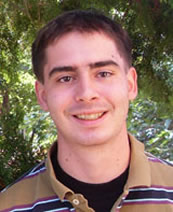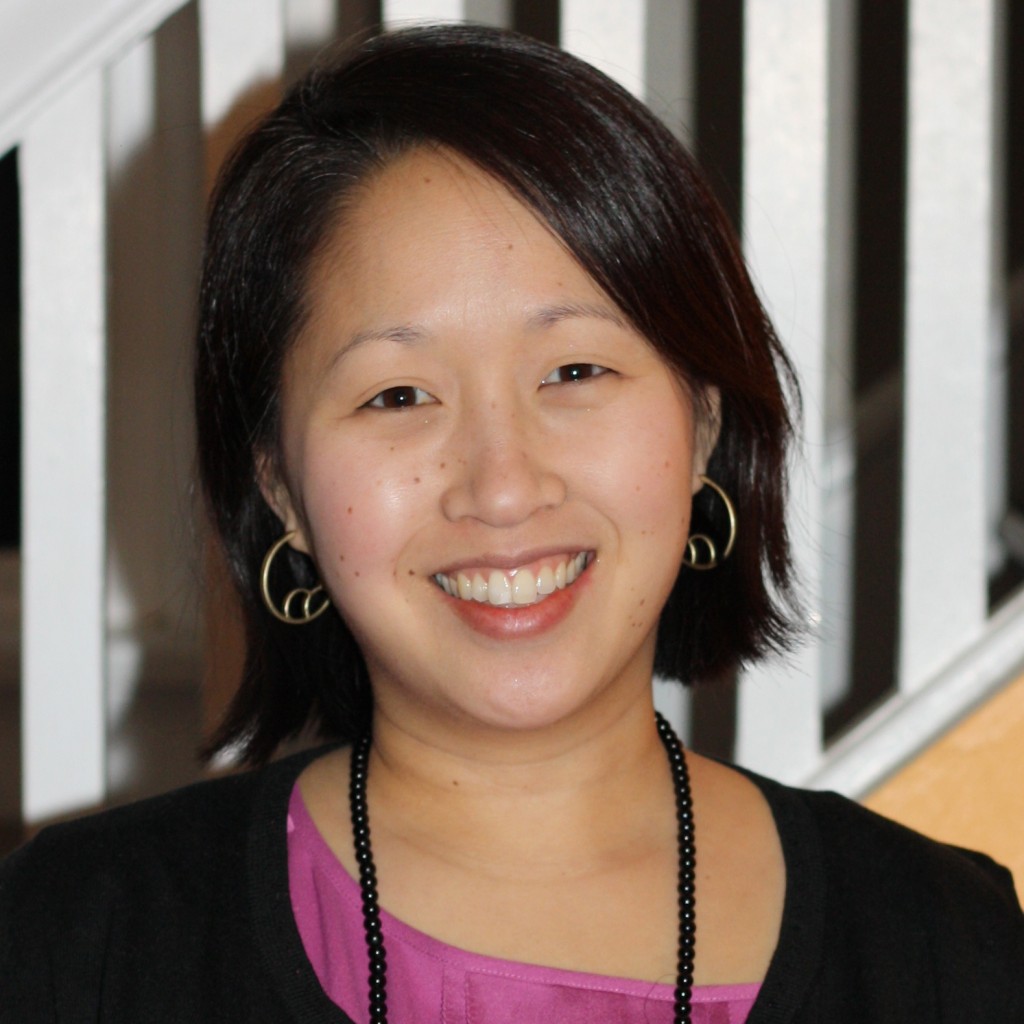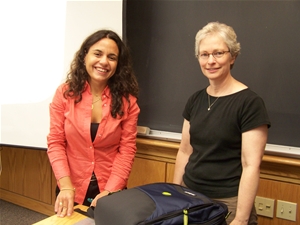 Title: From Congruent Numbers to Modular Forms
Title: From Congruent Numbers to Modular Forms
Abstract: A positive integer is called a congruent number if it is the area of a
right triangle with rational sides. The problem of giving a criterion for
deciding if a number is congruent has been open for hundreds of years. The
best answer known was given by Tunnell in 1983, using many deep results
from modern Number Theory. His work will give a completely satisfactory
answer, once the Birch and Swinnerton-Dyer conjecture gets proved.
In this talk we will introduce, in a way as friendly as possible, the main
ingredients needed to understand Tunnell’s result: elliptic curves,
modular forms, and some deep theorems concerning them.



